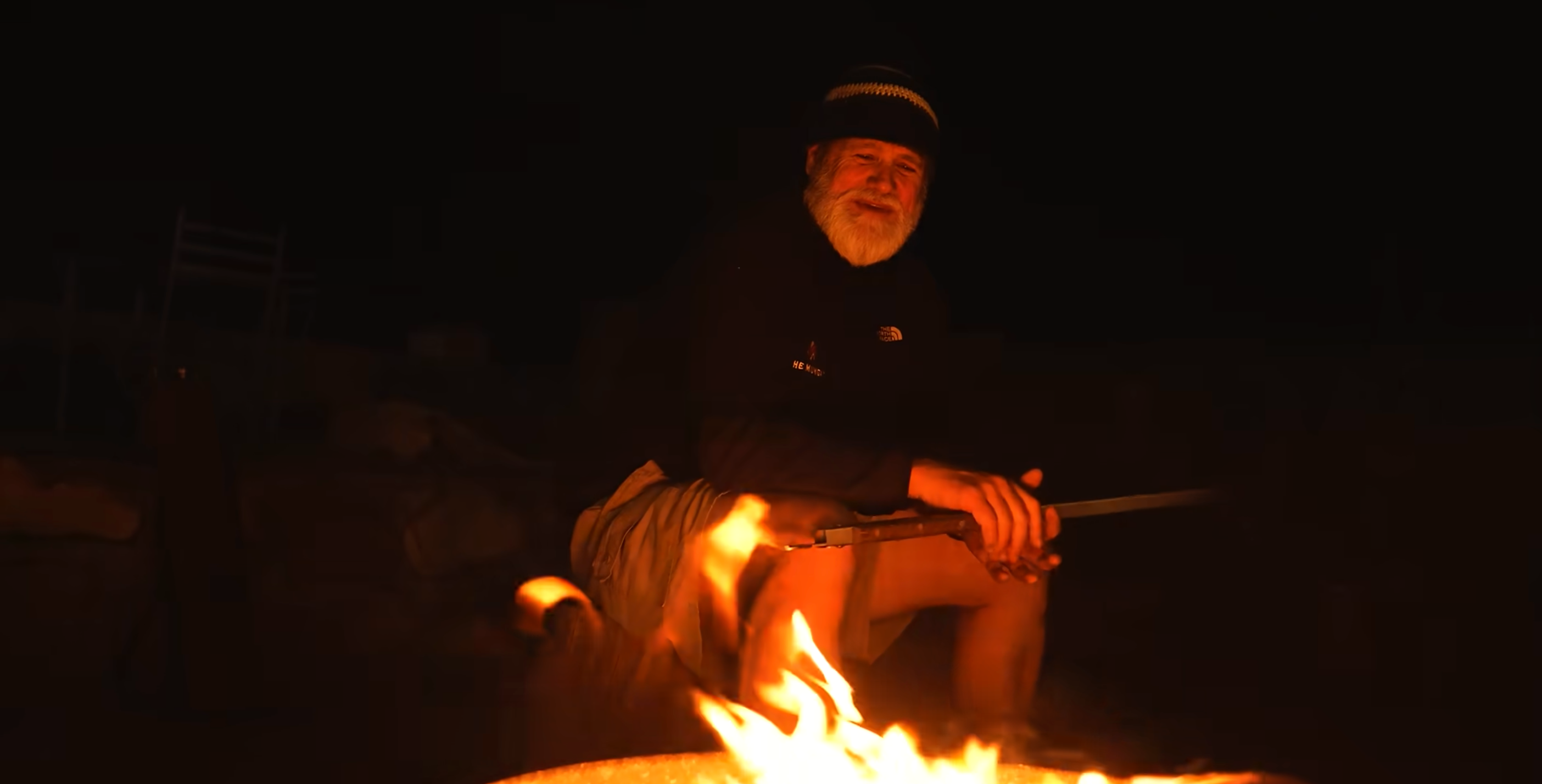In the grand tapestry of human history, few things have had as profound an impact as fire. As we delve into the fascinating tale of this elemental force and its intricate relationship with our species, we'll come to understand that fire is not just a source of warmth and light—it's a symbol of human ingenuity.
The Spark That Ignited It All
The story begins with the spark, quite literally. Millennia ago, early humans stumbled upon the art of creating fire, often through serendipitous encounters with natural events like lightning strikes or volcanic eruptions. Yet, it was their mastery of fire-starting techniques that truly set us apart. Archaeological evidence, like the ancient hearth found at South Africa's Wonderwerk Cave (as documented in Science Magazine, 2012), takes us back 1.7 million years—a momentous discovery in our journey with fire.
The Astounding Fire Starters
Fire starting wasn't just a handy skill; it was a matter of life and death. Our resourceful ancestors employed a diverse array of methods, ranging from the friction-based fire drill and fire plough to sparking flint against rocks like pyrite. These techniques, as documented by the scholars at the University of California, Berkeley, provided warmth, safety, and sustenance.
Fire's Evolutionary Blaze
Fire was the catalyst for a smorgasbord of evolutionary changes. Cooking food, for example, not only made it safer but also more nutritious. This culinary revolution is credited with our species developing smaller teeth and digestive systems, as Harvard Gazette (2009) notes. Moreover, fire's warmth allowed our ancestors to conquer unforgiving climates, expanding their horizons and enabling migration to new lands.
Cultural Flames
Fire's influence didn't stop at practicality; it seeped into the very fabric of human culture. It became a symbol of knowledge and mastery over the environment. Across the globe, fire took center stage in myths and rituals. Think of Prometheus, the daring figure from Greek mythology who stole fire from the gods to bestow it upon humanity—a gesture symbolic of enlightenment and progress.
Innovation and the Forge
The harnessing of fire ignited a fiery era of innovation. It led to the creation of tools and weapons, with the heat from flames used to shape metals, giving birth to the Bronze Age. Fire was also indispensable in the craft of pottery, revolutionizing food storage and transportation (as discussed in Science Magazine, 2019).
Agricultural Blaze
As humanity transitioned from nomadic hunter-gatherers to settled communities, fire became essential in agriculture and land management. Controlled burns were used to clear land for farming, enhancing soil fertility. This age-old practice, known as swidden agriculture or slash-and-burn farming, still persists in some regions today (National Geographic, 2012).
In the modern era, fire remains a tool for land management, particularly in forestry. Controlled burns are employed to reduce the risk of wildfires, preserve ecosystems, and maintain healthy forests, as per the U.S. Forest Service (2021).
In Conclusion
In the grand tale of human existence, the story of fire burns brightly. From humble beginnings as a serendipitous discovery to becoming a symbol of knowledge and progress, fire has left an indelible mark on our species. It's not just a tool; it's a testament to human resilience, adaptability, and innovation. As we continue to harness the flames, we carry with us the wisdom of our ancestors and look forward to an enlightened future, fueled by the elemental force that is fire.
References:
- Science Magazine. (2012). Wonderwerk Cave, South Africa.
- University of California, Berkeley. Fire-Making Methods.
- Harvard Gazette. (2009). Fire and the Genus Homo.
- Science Magazine. (2019). The role of fire in the evolution of human culture.
- National Geographic. (2012). Slash and Burn Agriculture: The Good and the Bad.
- U.S. Forest Service. (2021). Prescribed Fire.


